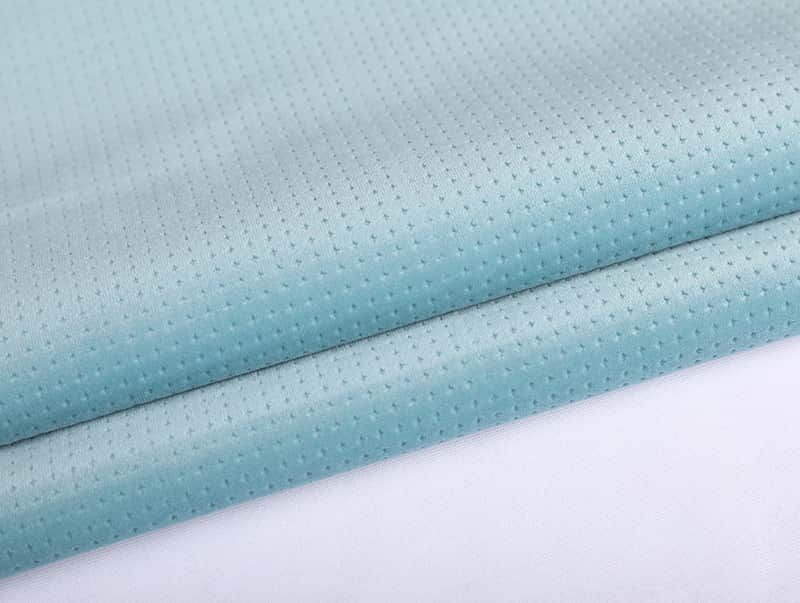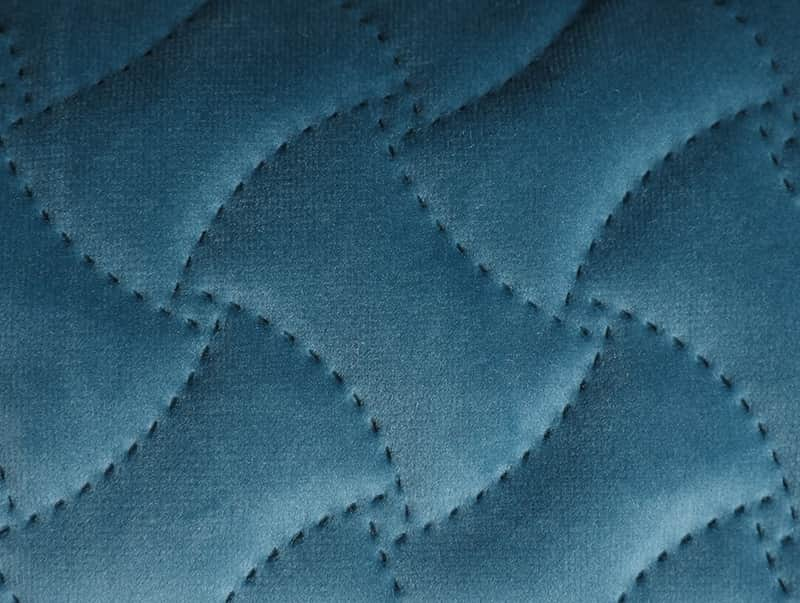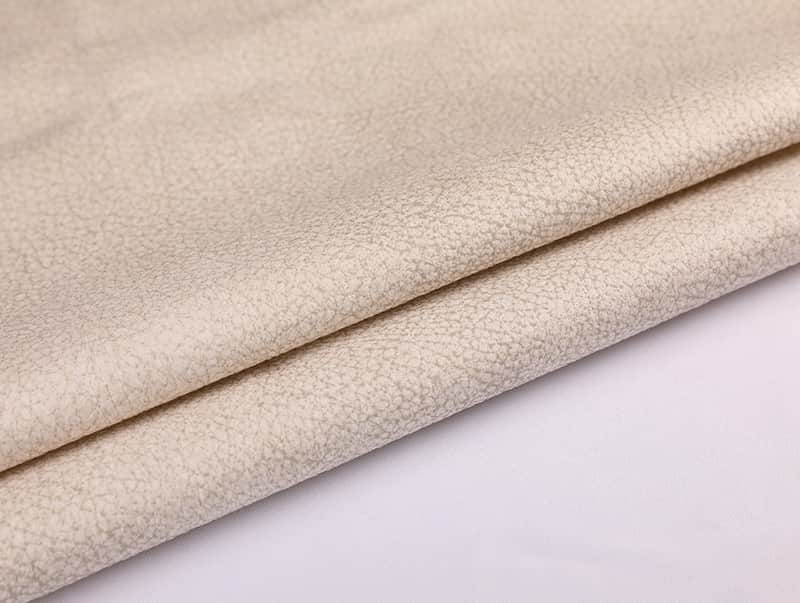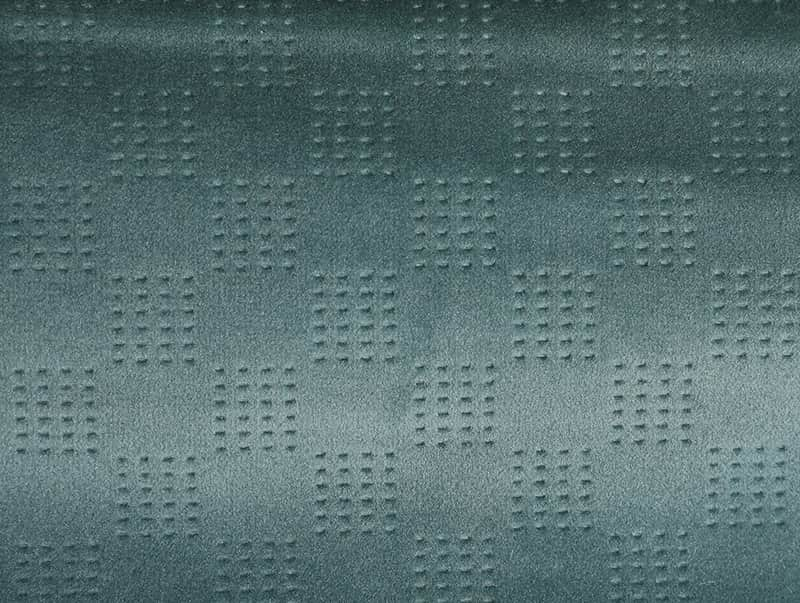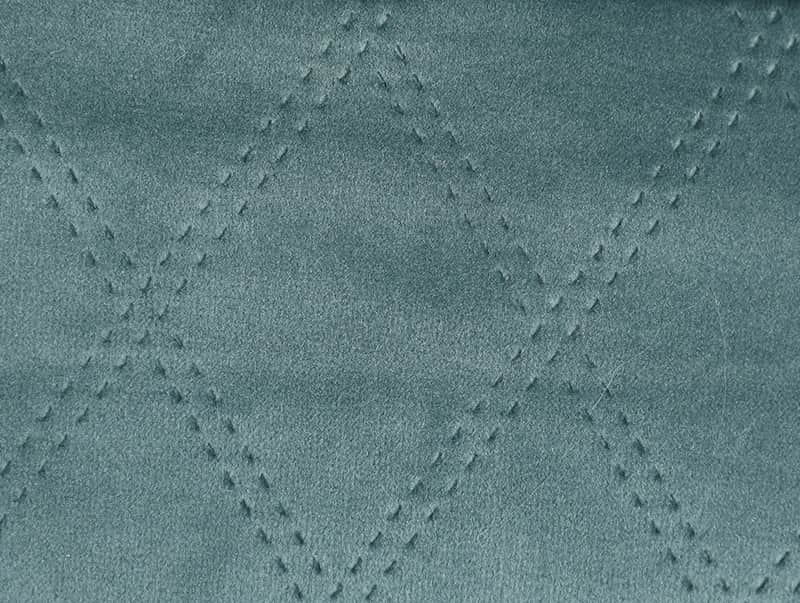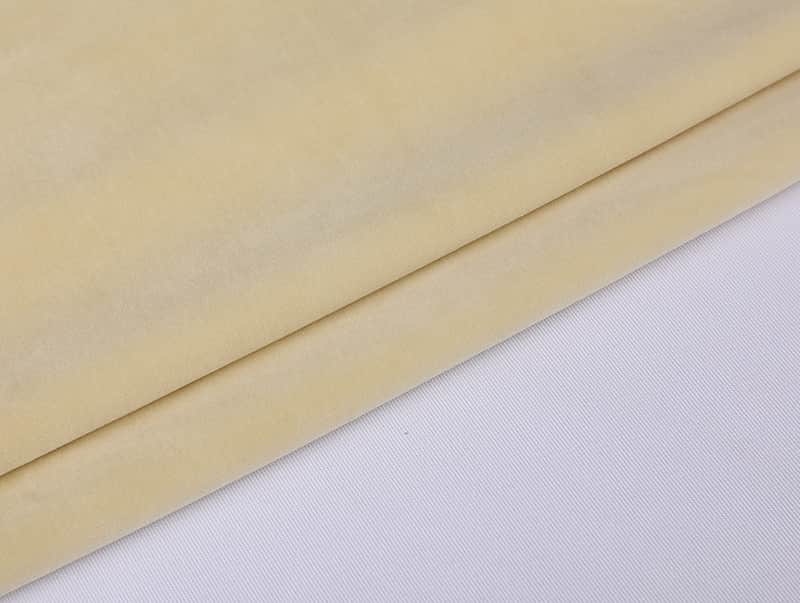The drape and structure of garment fabric are influenced by several factors related to the fabric's composition, construction, and characteristics. Understanding these factors is crucial for designers and manufacturers to achieve the desired aesthetic and functional properties in garments. Here are key factors that influence the drape and structure of garment fabric:
Fiber Type:
The type of fiber used in the fabric significantly influences its drape and structure. Natural fibers like silk and cotton are known for their fluidity and soft drape, while synthetic fibers like polyester can provide a more structured and stiff feel.
Fabric Weave:
The weave pattern, whether plain, twill, satin, or other variations, affects how the fibers are arranged in the fabric. Different weaves contribute to varying levels of stiffness, drapability, and texture. For example, satin weaves tend to create a smoother and shinier surface.
Weight of the Fabric:
The weight of the fabric is a crucial factor. Lighter fabrics often have a softer drape, suitable for flowing dresses or blouses. Heavier fabrics, on the other hand, provide more structure and are often used in tailored garments like suits or coats.
Fabric Blend:
Blending different fibers, such as cotton and polyester, can create fabrics with unique properties. A blend can balance the softness of one fiber with the structure of another, influencing the overall drape and feel of the fabric.
Fabric Finish:
Finishing processes applied to the fabric, such as sizing or chemical treatments, can impact its drape and structure. Some finishes add stiffness for a more structured look, while others enhance softness and drape.
Texture:
The texture of the fabric's surface affects both its visual appearance and tactile feel. Textured fabrics may have a more pronounced drape, while smooth fabrics can provide a sleek and structured appearance.
Yarn Type:
The type of yarn used, such as single or multi-ply yarns, can influence the fabric's behavior. Fine, tightly spun yarns often result in a smoother and softer drape, while thicker yarns may contribute to a more structured feel.
Fabric Grain:
The grain of the fabric, determined by the alignment of warp and weft threads, plays a role in its drape. Fabrics cut on the bias, where the cut is at a 45-degree angle to the warp and weft, tend to have a more fluid drape.
Pliability of Fibers:
Some fibers are inherently more pliable and flexible, contributing to a softer drape. For example, fabrics made from fibers like viscose or modal often have a luxurious and flowing drape.
Weft and Warp Tension:
The tension applied during the weaving process influences the fabric's tightness and structure. Higher tension can result in a more rigid fabric, while lower tension may contribute to a softer and more relaxed drape.
Fabric Thickness:
Thicker fabrics generally have more structure, while thinner fabrics tend to drape more easily. Consider the garment's intended use and silhouette when selecting the appropriate thickness.
Fabric Construction:
How the fabric is constructed, whether knit or woven, affects its stretch, drape, and structure. Knit fabrics, for instance, are often more flexible and conform to the body, while woven fabrics may have a more stable structure.
Presence of Lining or Interfacing:
The addition of a lining or interfacing can significantly impact the structure of a garment. Linings can enhance the drape, while interfacing provides additional support and structure, especially in areas like collars and cuffs.
Fabric Pre-treatment:
Some fabrics undergo pre-treatment processes, such as pre-shrinking or calendaring, which can affect their drape and structure. These treatments address issues like shrinkage and can contribute to a more stable fabric.

